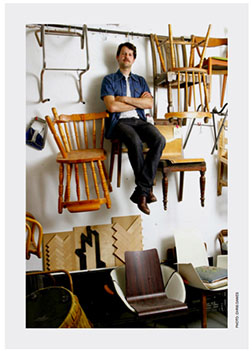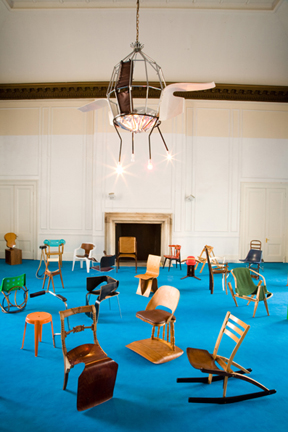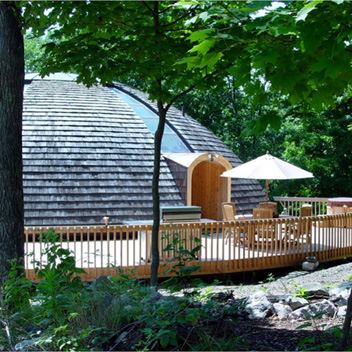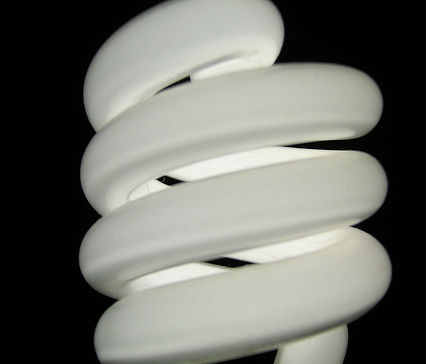Sustainable developer/architect Mark Helder is aiming for a LEED Platinum rating for his current project in Williamsburg. Platinum is the highest green rating and if he achieves this, it will be the first Platinum LEED building in NYC.
Construction on the 5 story building at 439 Metropolitan Avenue started in August 2007. The ground floor and cellar will act as Mark’s office space. There will be 2 duplex condos on the top floors. The building features radiant heat, filtered ventilation air with heat recovery, a green roof and passive and active solar design (PV and hot water). Low or zero VOC materials were used and all appliance are energy star rated.
Mark studied architecture at Hogeschool van Amsterdam. He is also director of The Urban Ore Initiative, an Amsterdam based non profit dedicated to showcasing quality sustainable design created by emerging artists and designers. He is coordinating almost all aspects of this project by himself, including financial, marketing, design, tax abatements, project managment and LEED documentation preparation.




















